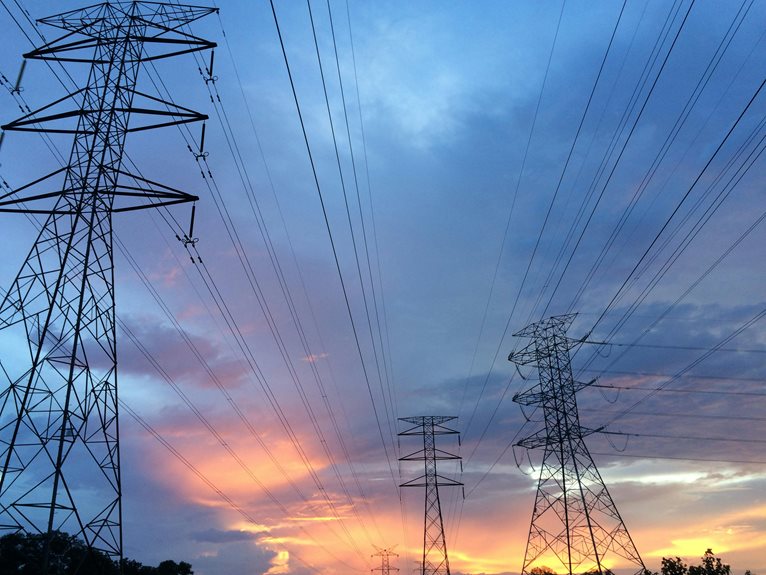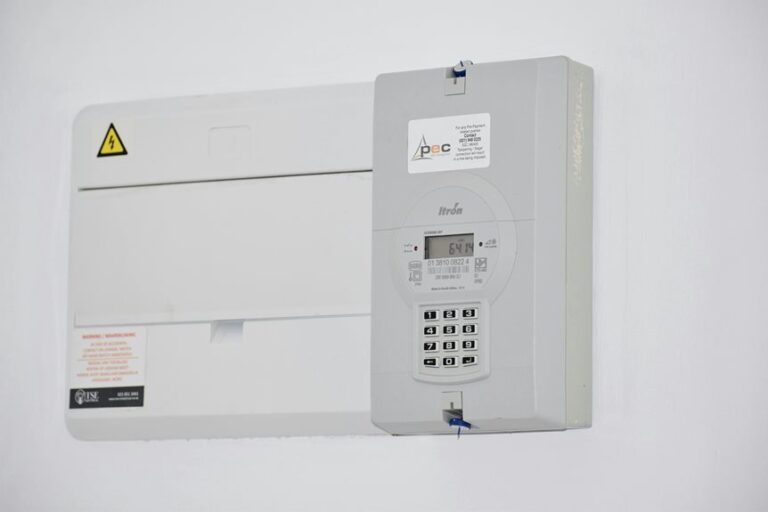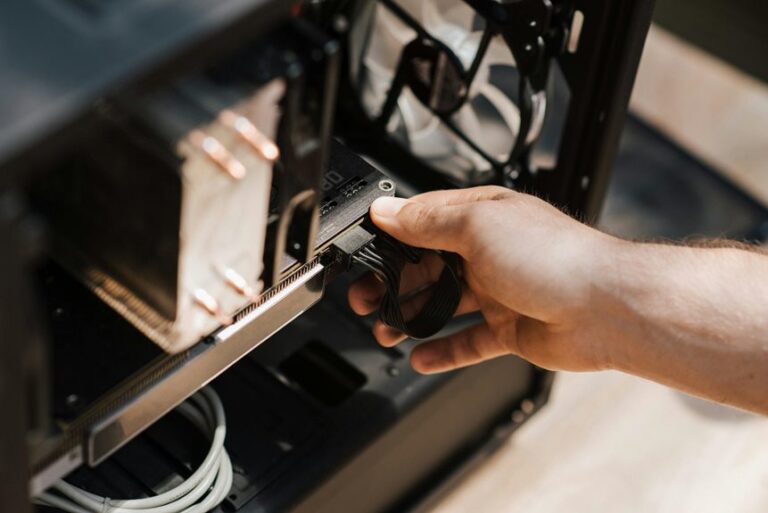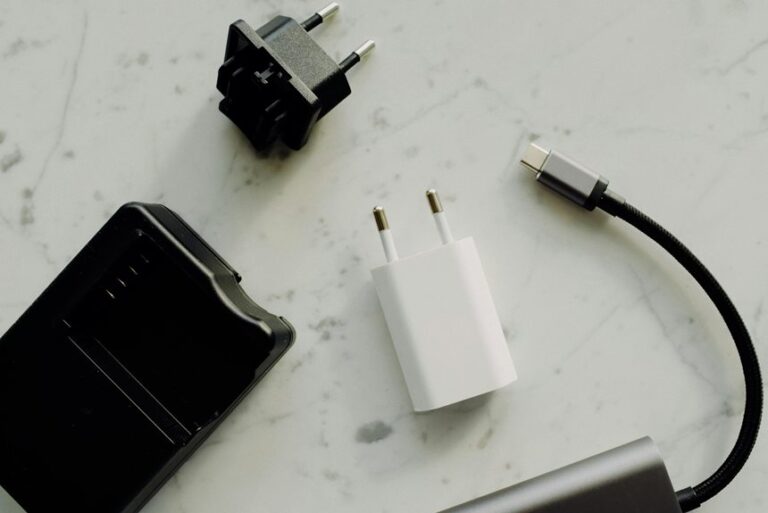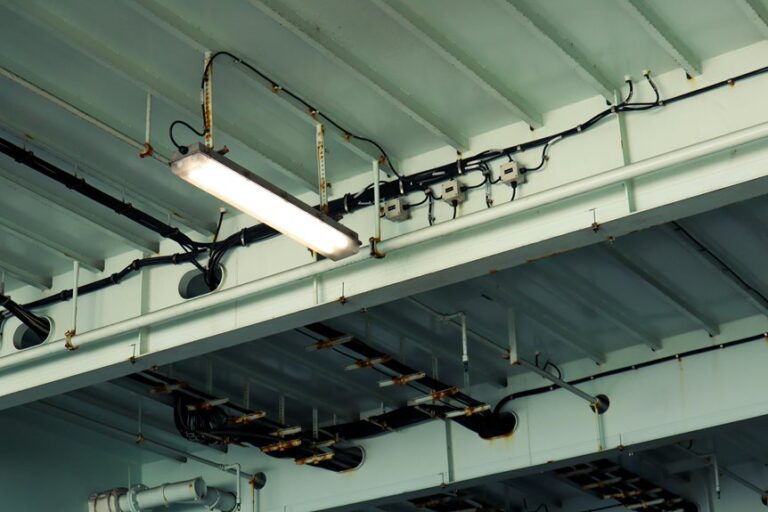You might not realize that nearly 70% of all electricity generated never actually reaches your home as usable power due to inefficiencies in the distribution network. This complex system relies on substations, transformers, and feeder lines to guarantee electricity is delivered safely and reliably. With the rise of smart technologies and renewable energy sources, the landscape of electrical power distribution is rapidly evolving. However, significant challenges remain that could impact the integrity and efficiency of this critical infrastructure. Understanding these dynamics is essential for grasping the future of energy delivery and its implications.
Overview of Power Distribution
How does electrical power distribution function in modern society?
Electrical power distribution is essential for delivering electricity from generation sources, such as power plants, to consumers. This process involves a complex network designed to guarantee efficiency and reliability.
Once electricity is generated, it travels through high-voltage transmission lines, which minimize energy loss over long distances. When the electricity approaches urban areas, it enters substations, where the voltage is reduced for safe distribution.
From there, the electricity moves through feeder lines that branch out into neighborhoods. You'll notice that homes and businesses receive power through service lines connected to these feeders.
Moreover, distribution systems integrate advanced technologies like smart meters and automated controls, allowing for real-time monitoring and management. This not only helps in maintaining the quality of power but also facilitates quicker responses to outages or fluctuations.
In essence, the distribution of electrical power is an essential infrastructure component that enables modern life, guaranteeing that you have access to electricity for all your daily needs, from lighting and heating to powering devices and appliances.
Understanding this system highlights the importance of reliability and efficiency in our energy consumption.
Key Components of Distribution Systems
A variety of key components make up electrical distribution systems, each playing an essential role in delivering reliable power to consumers.
First, you'll encounter substations, which transform high-voltage electricity from transmission lines into lower voltages suitable for distribution.
Then, there's the distribution transformer, important for stepping down voltage further before it reaches your home or business.
Next, you have the distribution feeders, which are the main lines that carry electricity from substations to neighborhoods.
These feeders branch off into smaller lines, known as laterals, that directly connect to end-user facilities.
Additionally, protective devices, like circuit breakers and fuses, are critical for preventing overloads and ensuring safety by interrupting the flow of electricity during faults.
Another important component is the distribution panel, which houses circuit breakers and distributes power to various circuits within a building.
Finally, you'll find the service drop, which is the final connection between the utility's distribution system and your property.
Understanding these components helps you appreciate how electricity travels from generation to your home, ensuring your daily activities run smoothly.
Technologies in Electrical Distribution
Emerging technologies are transforming electrical distribution systems, making them more efficient and reliable.
You'll find that innovations are enhancing how power is managed, monitored, and delivered. Here are four key technologies reshaping the landscape:
- Smart Grids: These systems use digital communication to detect and react to local changes in usage, optimizing energy distribution in real time.
- Advanced Metering Infrastructure (AMI): AMI allows for two-way communication between utilities and customers, enabling better energy management and accurate billing.
- Distributed Energy Resources (DER): Integration of solar panels, wind turbines, and battery storage into the grid supports local generation, reducing dependency on centralized power plants.
- Automated Distribution Systems: Automation technologies improve fault detection and isolation, allowing for quicker restoration of service and reducing downtime.
Challenges in Power Distribution
What obstacles do utilities face in ensuring reliable power distribution? One major challenge is aging infrastructure. Many systems use equipment that's decades old, leading to increased maintenance costs and a higher risk of failure.
Additionally, utilities grapple with the integration of renewable energy sources. While these sources are essential for sustainability, they introduce variability in power generation, complicating grid management.
Another significant issue is demand growth. As populations and industries expand, the existing grid often struggles to keep pace, resulting in potential overloads and outages.
You also have to take into account regulatory pressures. Compliance with evolving standards can be burdensome, requiring substantial investment in upgrades and technology.
Cybersecurity threats are increasingly relevant too. As utilities adopt smart grid technologies, they must safeguard sensitive data and infrastructure from potential attacks.
Finally, extreme weather events exacerbate these challenges. Climate change has led to more frequent and severe storms, which can damage infrastructure and disrupt service.
Addressing these obstacles demands strategic planning, investment in modern technology, and robust risk management protocols. By tackling these issues head-on, utilities can enhance reliability and meet the demands of a changing energy landscape.
Future Trends in Energy Distribution
The future of energy distribution is set to transform considerably as utilities embrace advanced technologies and innovative practices.
You can expect significant changes that enhance efficiency, reliability, and sustainability in the coming years. Here are four trends that will shape the landscape:
- Smart Grids: You'll see the integration of smart grid technology, enabling real-time monitoring and management of energy flow. This allows for quicker responses to outages and better load balancing.
- Decentralized Energy Resources: More households and businesses will generate their own power via solar panels or wind turbines, contributing to a more resilient and flexible energy network.
- Energy Storage Solutions: Advanced battery technologies will play an essential role in storing excess energy, ensuring that renewable sources can be effectively utilized even during peak demand times.
- Electric Vehicle Integration: As electric vehicles become mainstream, utilities will develop infrastructure to manage their charging needs, turning them into mobile energy storage units that can feed back into the grid.
Conclusion
In the landscape of electrical power distribution, think of the network as a vibrant tree, its roots grounded in innovation and its branches reaching toward future advancements. As you navigate through the challenges of aging infrastructure and the integration of renewable energy, remember that each upgrade is a new leaf, essential for growth. Embracing smart technologies will not only enhance reliability but also guarantee that this tree thrives, providing the energy that fuels our modern lives.

